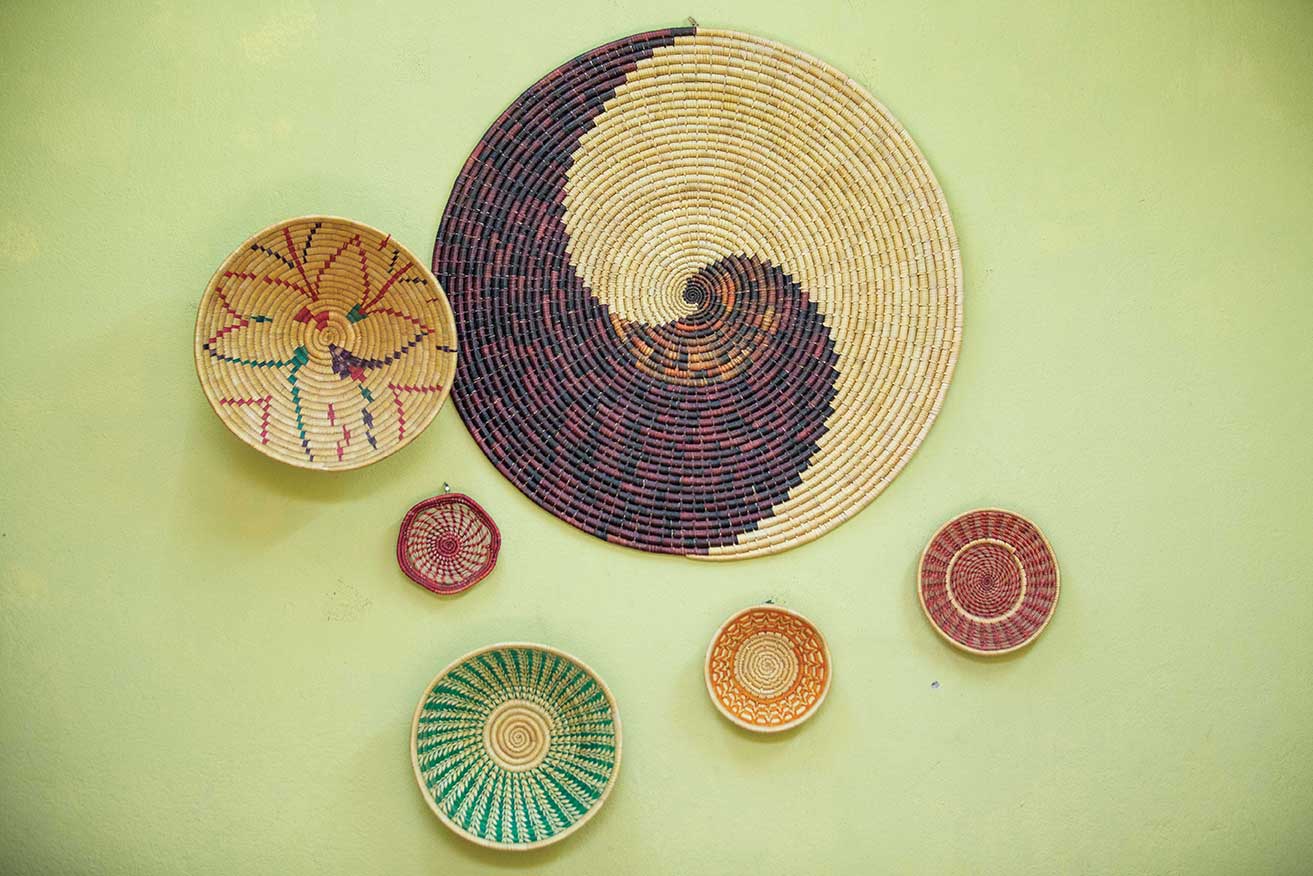Nepalese live all over the world, in large numbers. They are found in the thousands coast to coast in the USA, as well as in England, Germany and other European countries. Greater London, for example, is a popular place of residence. In India they number over eight million. In Burma (Myanmar), perhaps 250,000. In Thailand, around 100,000. For almost two centuries, the Nepalese have been moving abroad in a great international diaspora.
A diaspora, from the Greek diaspeirein, ‘to disperse’, refers to the wide distribution of a population around the globe. It means to scatter in different directions, to different places. The Nepalese diaspora is of two types, ‘PNOs’ and ‘NRNs’.
PNOs are Persons of Nepalese Origin who can trace their roots to Nepal but who have taken out citizenship in another country. Many still speak Nepali, alongside one or more host country languages. They tend to retain strong emotional and cultural affinities with Nepal, but kinship ties begin to slip after one generation. The key word is their relative permanence abroad, away from Nepal.
NRNs are Non-Resident Nepalese. They maintain their Nepalese citizenship but live abroad for various lengths of time. Some are business and professionals persons temporarily settled in Asia, Europe, the Mid-East or America. These days many NRNs are labor migrants, working at various jobs in the oil-rich Arab countries of the Middle East, India, and Southeast and East Asia (Malaysia, Korea, Japan). They are the main source of remittances, whose overall contributions to Nepal’s economy is now greater than tourism or agriculture in its financial impact. NRNs also include students, embassy personnel and Nepalese soldiers on
assignment with UN peace missions. The key word, here, is their temporary residence away from home, eventually returning to the homeland.
On a recent trip to Thailand I didn’t have to look far to meet numerous Nepalese PRNs (mostly) and NRNs (some). They live in Bangkok and in the popular resort towns of Phuket, Pattaya and Chaweng Beach on Samui Island in the Gulf of Thailand. They tend to engage in specific types of work: as clerks in tailor shops, as ready-made garment makers, and as ‘trinket-wallahs’ at the beach resorts. A few of them also run small restaurants.
I met my first Thai-Nepalese at a tailor shop on Sukumvit Road, one of Bangkok’s main shopping districts. Sikhs and other Indians tend to own the tailor shops, but hire Nepalese staff who work as clerks and helpers. While I was sipping tea and chatting in Nepali at one such tailor shop, a Nepalese man came in with the mid-morning meal, an order of dal-bhat for the store staff. He and his wife make their living cooking and delivering daily meals to South Asian shopkeepers.
Chakkrawat Road near Bangkok’s Memorial Bridge is the most South Asian part of the city. It is called Phahurat in Thai, or ‘Little India’ in English. There are many Indian-owned shops here, some with Nepalese staff. Not all the Nepalese in Thailand are legal residents. Some have recently fled from Burma, for example, living in the shadows (so to speak) and surviving as displaced persons on odd-jobs, as shop-boys and waiters.
We heard there was a good Nepalese restaurant in Little India, so we set out to find it. The street vendors we asked pointed down a side alley where we found a tiny restaurant owned by Bishnu Bahadur Chhetri. It has a few tables, a roof overhead, but no walls. The customers sit on one side of the narrow alley, while the cooking is done on the other side. The house specialty is—what else?—dal-bhat-tharkari, just like at ‘home’ in Nepal.
Bishnu Bahadur Chhetri was born in Burma, but fled to Thailand 27 years ago at a time when the Burmese government was making it difficult for Nepalese residents to stay. Over 90
percent of all Nepalese in Thailand, in fact, are refugees from Burma. Bishnu Bahadur is now a legal resident and has owned his little restaurant for 20 years. His waiters and bus-boys are all Burmese-Nepalese refugees.
Bishnu’s story is typical. His father was born in west Nepal in the 1920s. As a youth he joined the Gurkhas and fought with the British and Allied forces in the Burma campaign during World War II. After the war, he stayed on and settled in Burma along with many other demobilized soldiers. They weren’t the first, however. Some Burmese-Nepalese trace their ancestry back to the 1800s when the British first colonized Burma. The descendants of some of those first settlers still live in and around Pyin Oo Lwin on the Shan Plateau, near Mandalay in upper Burma, far to the north of Rangoon (Yangoon).
As we chatted with Bishnu several customers came and went. Most were Nepalese, but a few were budget-wise world travelers, like those you see in Kathmandu’s Thamel district. A Western family residing in Bangkok also showed up, a husband, wife and three very blond children. They were apparently among Bishnu’s ‘regulars’, for he greeted them like old friends. They were obviously enjoying their luncheon outing at Bishnu’s restaurant.
If you are in Bangkok looking for something familiar and Nepalese, check it out. Bishnu Bahadur Chhetri’s restaurant is popular, the food is good, and the ambience is very Nepalese amidst the hustle and bustle of this little alleyway where everything else is Indian and, beyond that, pure Thai.

Nepal's Preserved and Fermented Wonders
...










